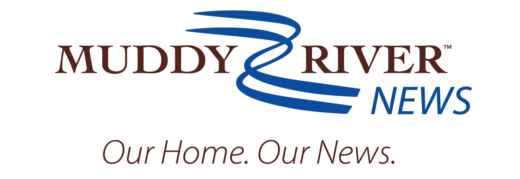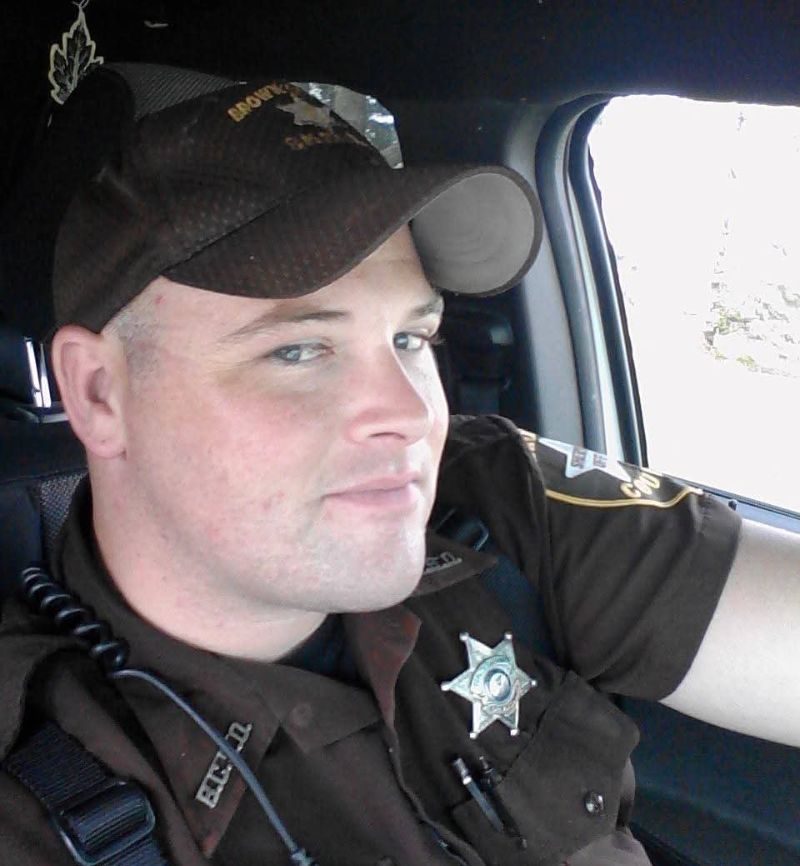Quincy Sports Commission starts the process of considering how to use existing facilities … and what needs to be built
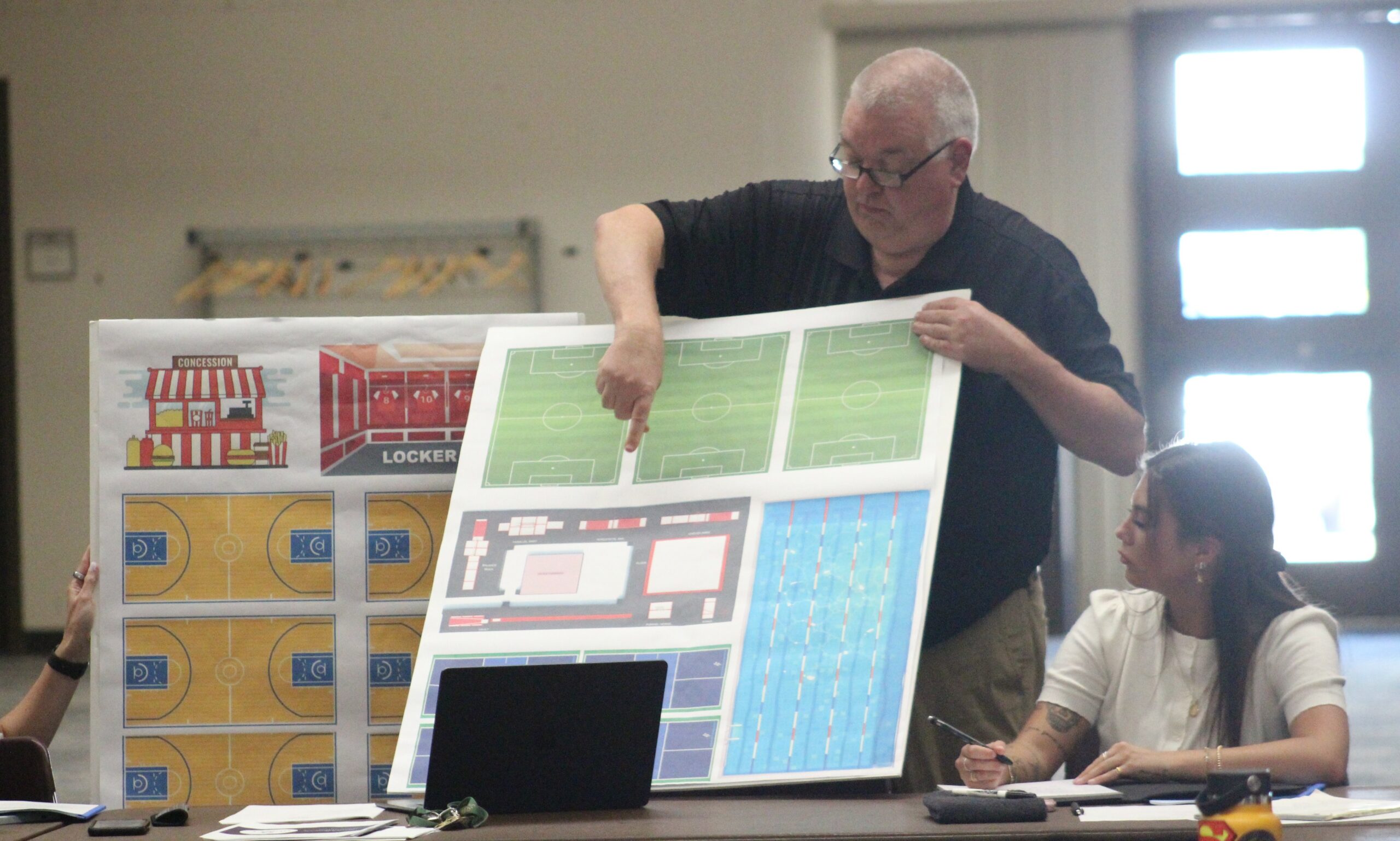
QUINCY — The final destination is still far off in the distance, but you have to start the car and put it in gear before you can go anywhere.
Quincy Mayor Linda Moore said that was the idea behind the first city sports commission meeting, which took place Tuesday at Quincy University’s Hall of Fame Room.
“I’m all about strategic planning and doing the right thing first,” Moore said. “Instead of just throwing spaghetti at a wall, let’s make sure we have it right before we start doing anything.”
Soon-to-be city community development planner David Adam concurred with Moore.
“Everybody came here sort of looking at, ‘So what is this all about? I’m not sure,’” Adam said. “To be honest, I’m not so totally positive I know what this is all about, but that’s why we’re here to do this. I think the group itself is going to help determine the direction we’re going to go. The people who speak up are going to be the ones who are going to tell us what direction we’re going to go.”
Adam left his position as news editor at Muddy River News last month to accept his new role with the City of Quincy, which will include co-chairing the sports commission with Alderman Kelly Mays (R-3rd Ward).
The commission formed two subcommittees to take an inventory of the existing sports facilities in Quincy and of teams or groups using those facilities.
“The results of finding out what facilities are available, what teams need space, those things are going to help us determine what direction we want to go,” Adam said. “The underlying issue of tonight is we think we know what we need, but I’m not sure anyone’s ever written it down and said, ‘We need more basketball courts. We need more soccer fields. We need a swimming pool.’ I think everybody has their ideas, but this is a chance for us to start the process of actually determining what is needed.”
Moore said the goal of having community members from several different areas of business and interests on the committee is to allow the city to progress more efficiently and effectively in their mission to give more opportunities to the existing sports community while taking advantage of what it already has.
“We’ve got just about everybody who has an interest in sports somehow here or is represented somehow,” Moore said. “I think we have a big enough, broad enough group that we can get all the voices at the table. Now we just need to capture the data to determine what we need, where we need it, and how we’re going to pay for it.”
As Adam pointed out, the funding for potential sports facilities could come from any number of avenues.
“The way the money is raised, there is no predetermined way right now,” Adam said. “There are public-private partnerships. There are people who will literally just walk in and give you a check. There are potential city taxes — food and beverage tax, hotel motel taxes — where a percentage of those taxes go toward a facility like this. If you look at some of the facilities that have been built around the state, it’s been all over the place in regards to which cities are doing what to raise that money. It’s what fits best for the city of Quincy. Nobody here knows the answer to that question right now, but we have people on this committee who we think we have experience in that and the contacts in that to be able to help in regards to that fundraising.”
Moore said the city will do its best to avoid having to use tax dollars to fund such a facility or facilities.
“People spoke pretty loudly after the last presentation that they don’t want taxpayer dollars to pay for a facility,” Moore said. “Well, if we don’t use taxpayer dollars, how are we going to fund it? That’s why we have a lot of finance people on this committee, as well, so we can take a look at, ‘Here are some options. Which one is going to work best for us?’ Once we have the information, we can present it to the public and make a decision.”
That is what this commission has been tasked with — determining the best courses of action in all areas of planning for capitalizing on the potential for providing a more diverse selection for sports teams and organizations and heightening sports tourism in Quincy.
“I think what you find is there are facilities that are being built to the tune of multiple courts, multiple fields for multiple sports, and every town of I would say at least 50,000 people, they’re saying, ‘This is a way for us to bring tourism dollars to the city.’ That’s why Quincy is looking at doing this themselves,” Adam said. “It’s always sort of been done in a piecemeal way of doing it — the Q-Town Tournaments, the Grand Prix of Karting — everybody sort of does their own thing. This is a little more of a concerted effort to be able to say, ‘How can we help you get basketball courts while we’re also helping these people over here get a volleyball court, and maybe at the same time, we bring an ice skating rink, and we’ll do it all at our own facility?’ That’s what we’re here to talk about.”
The commission is essentially starting at ground zero, but it has to start somewhere.
“We’re starting with, ‘What do we have, and what do we need?’” Moore said. “After our subcommittees meet, we’ll know what we have, and then we can determine where our holes are and what we need going forward.”
The commission will convene again on August 5.
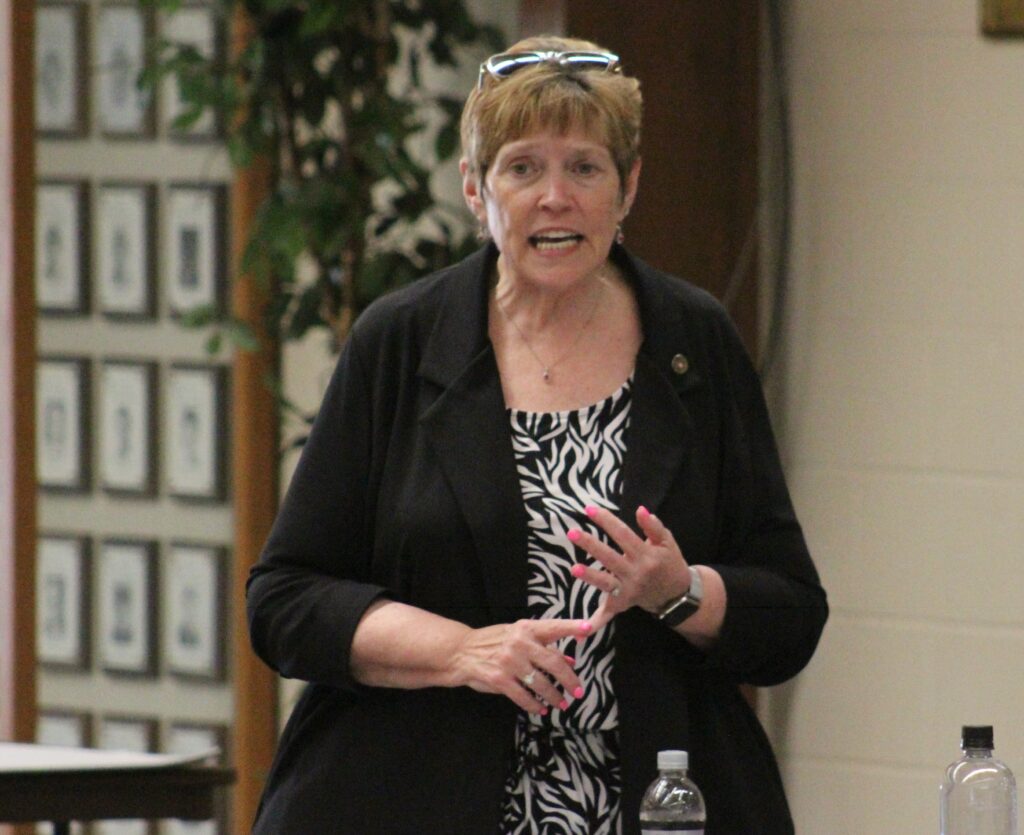
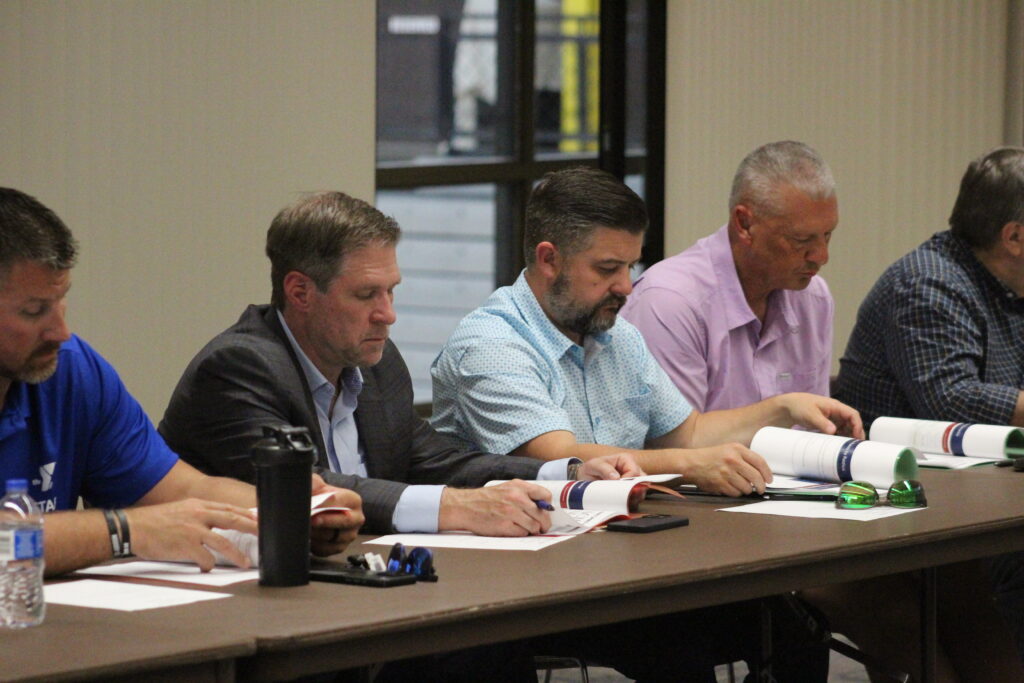
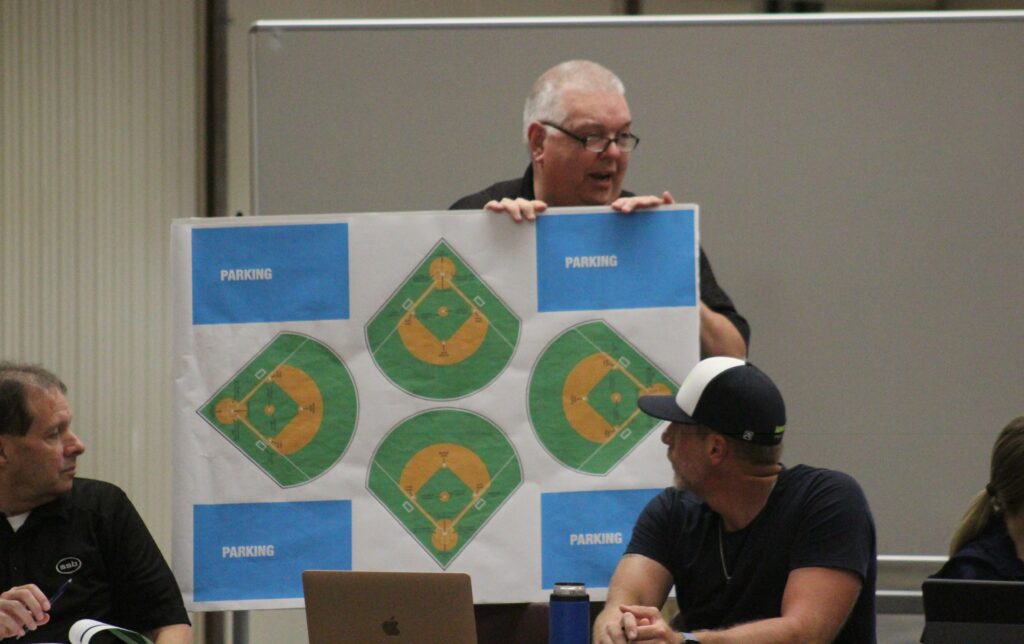
Photos by Shane Hulsey.
Miss Clipping Out Stories to Save for Later?
Click the Purchase Story button below to order a print of this story. We will print it for you on matte photo paper to keep forever.
